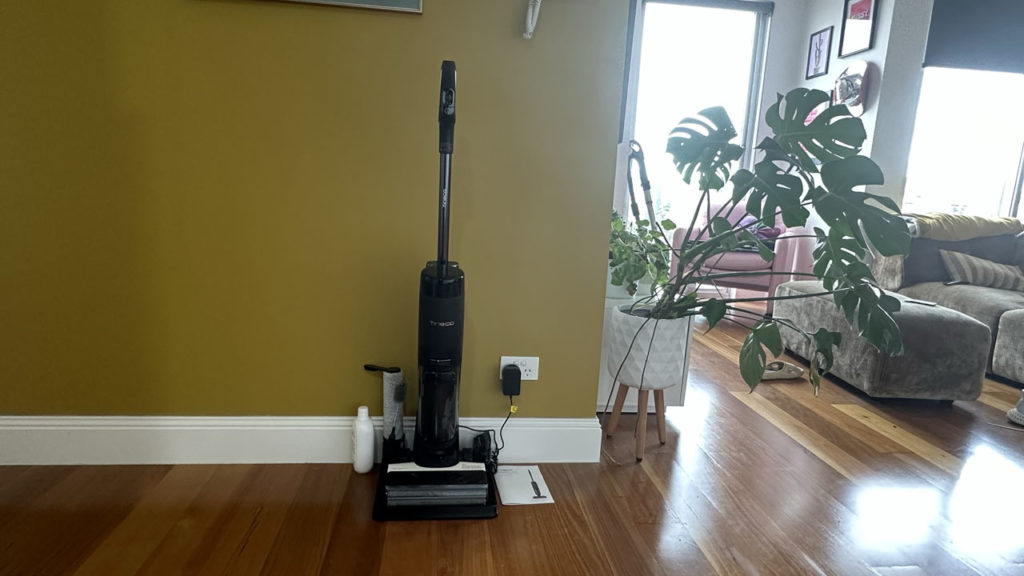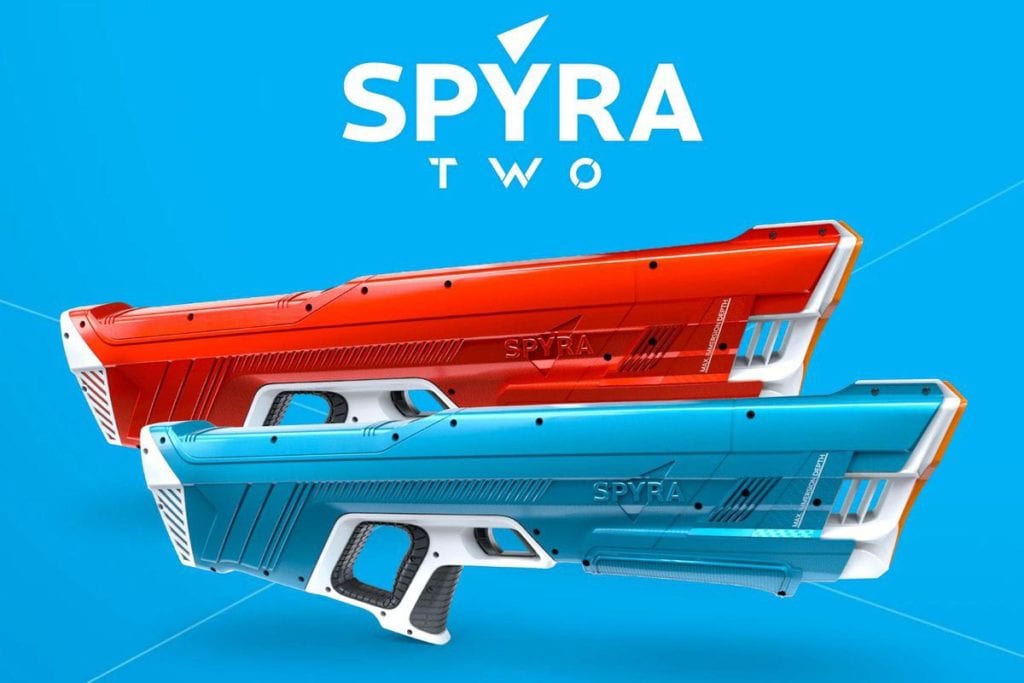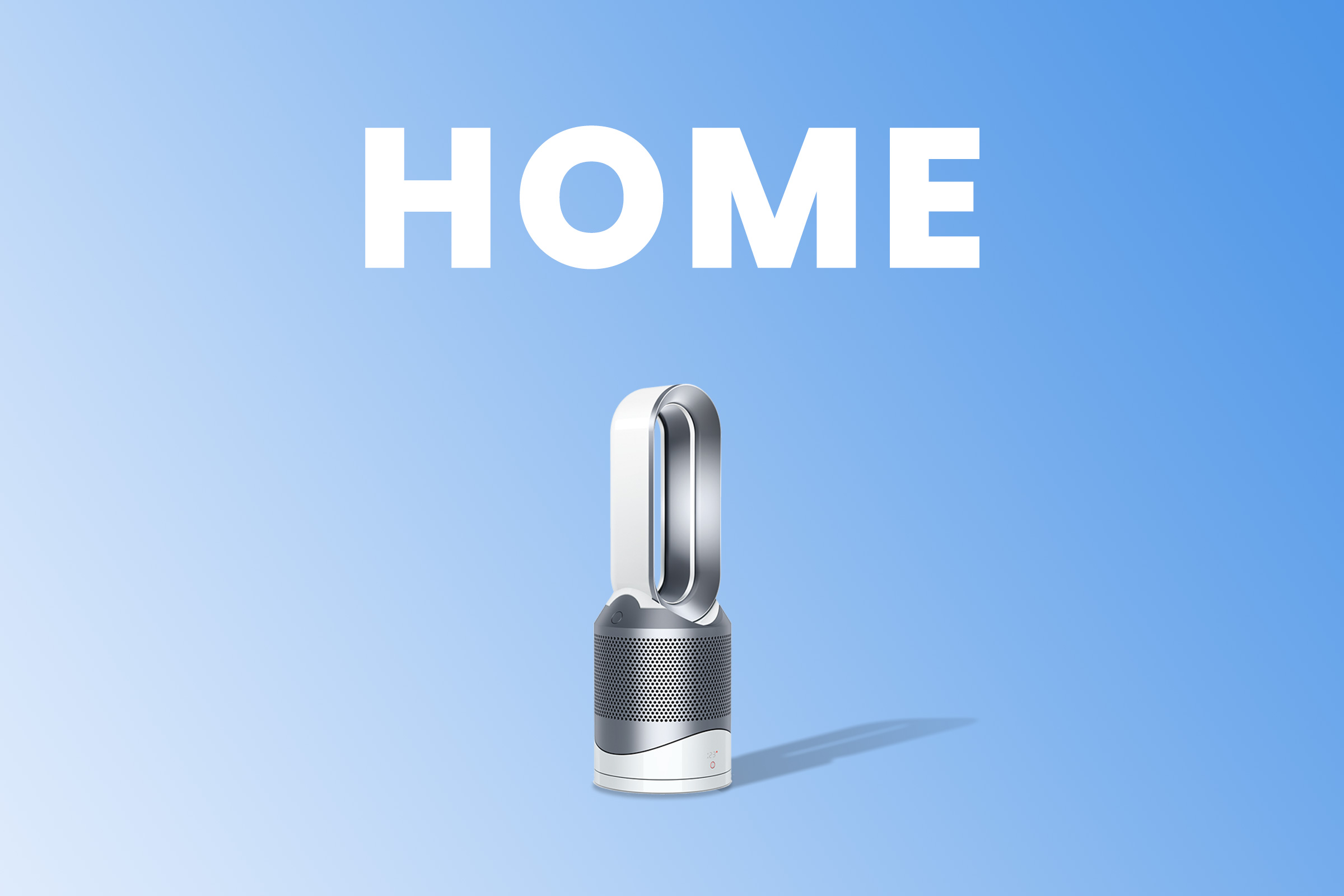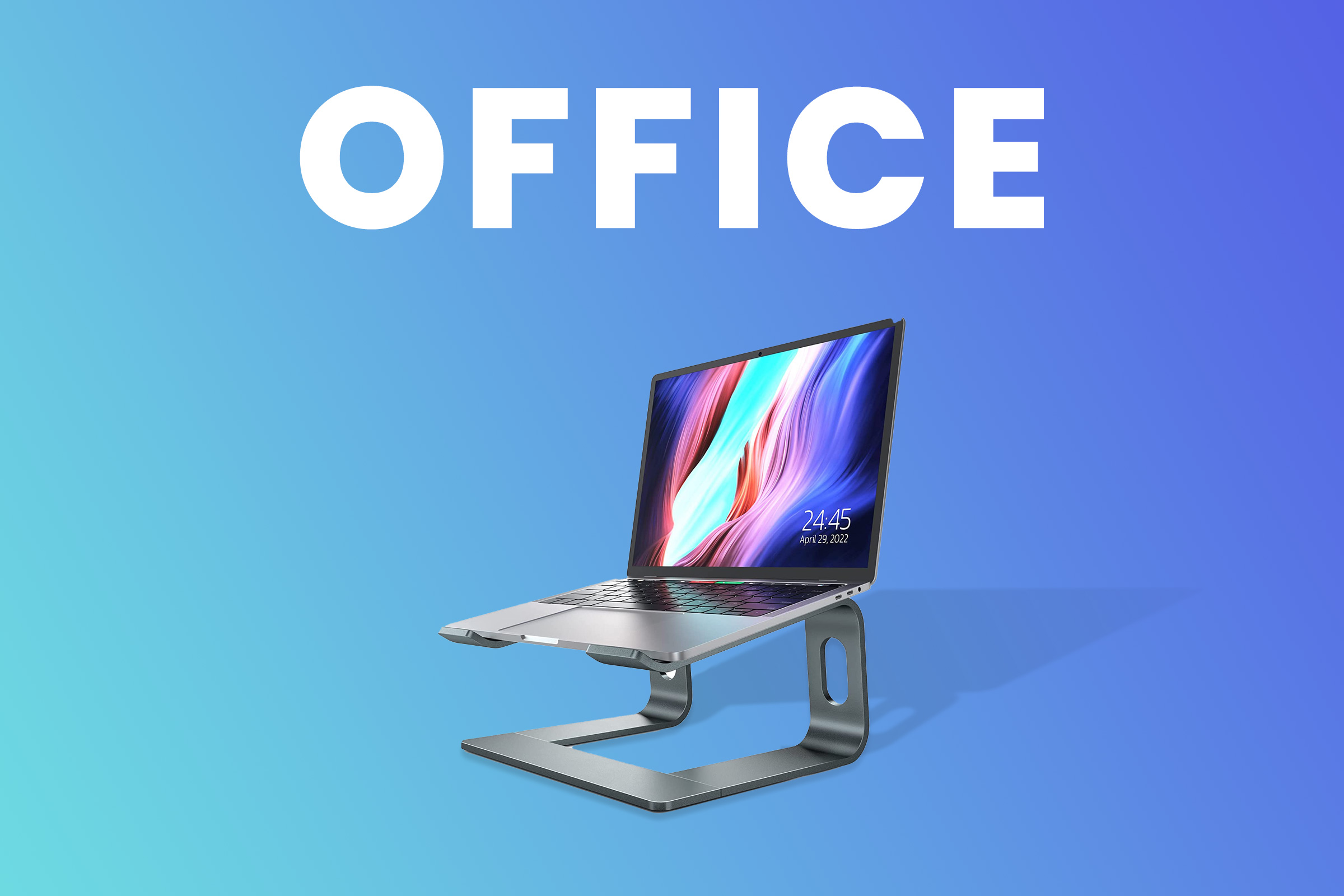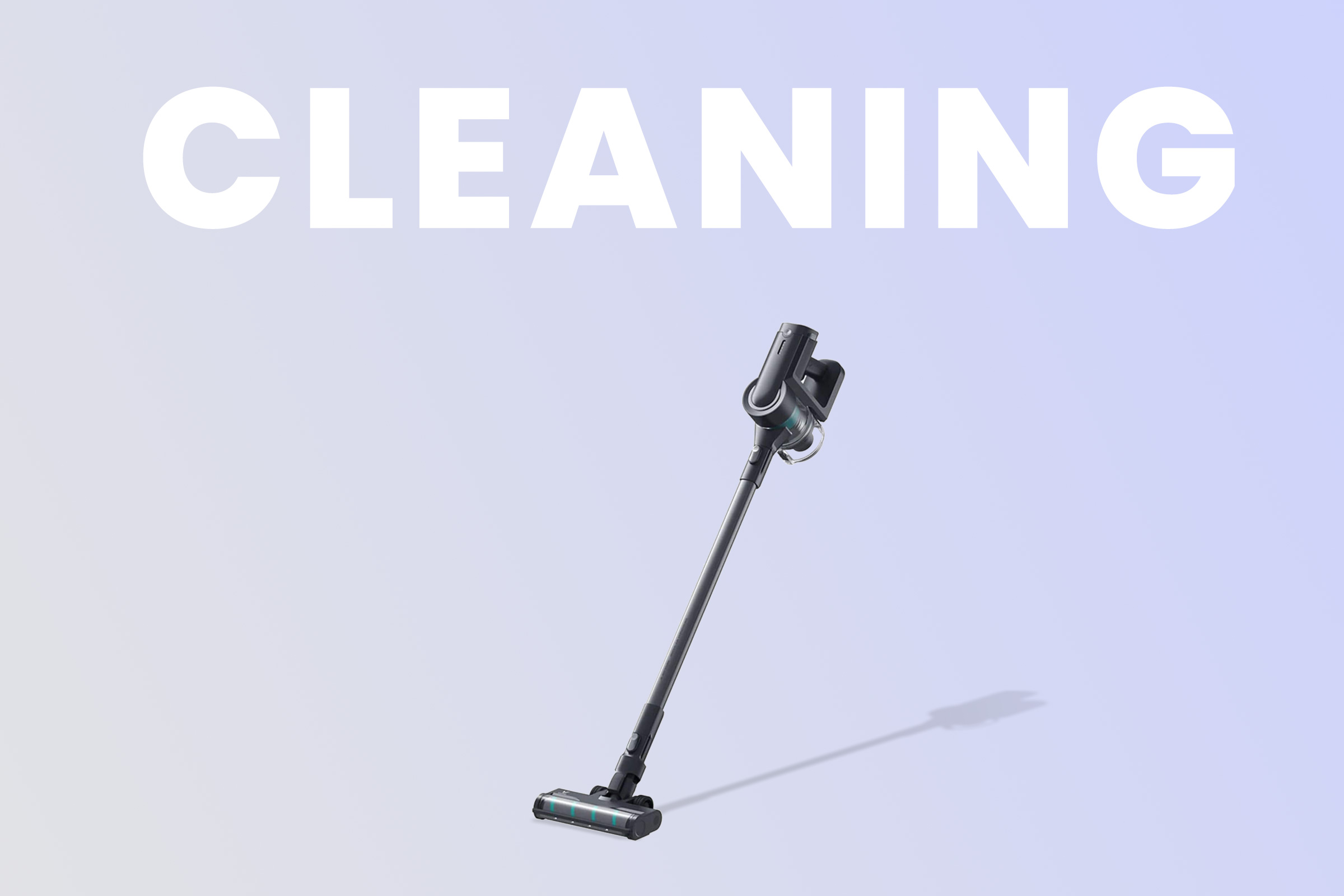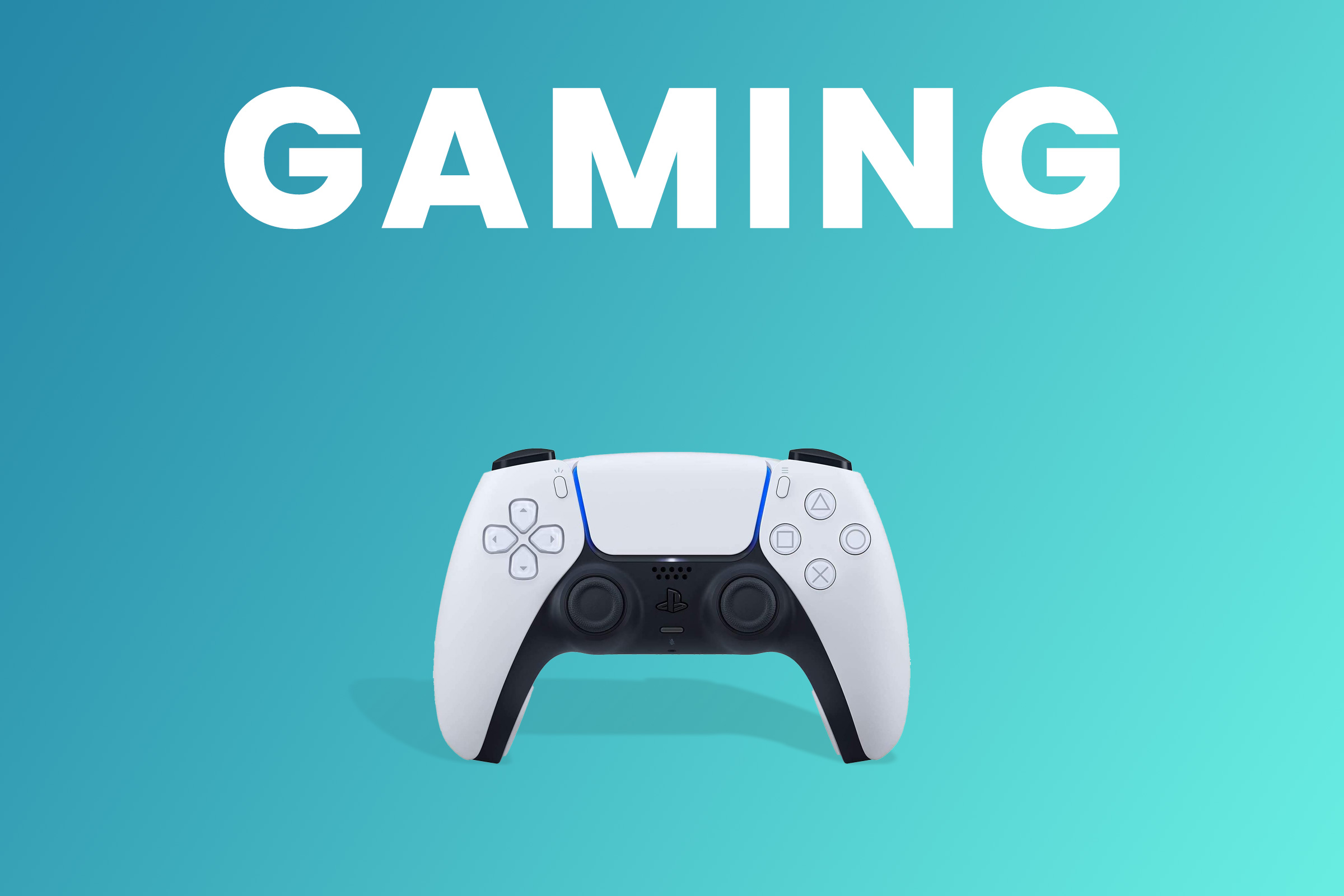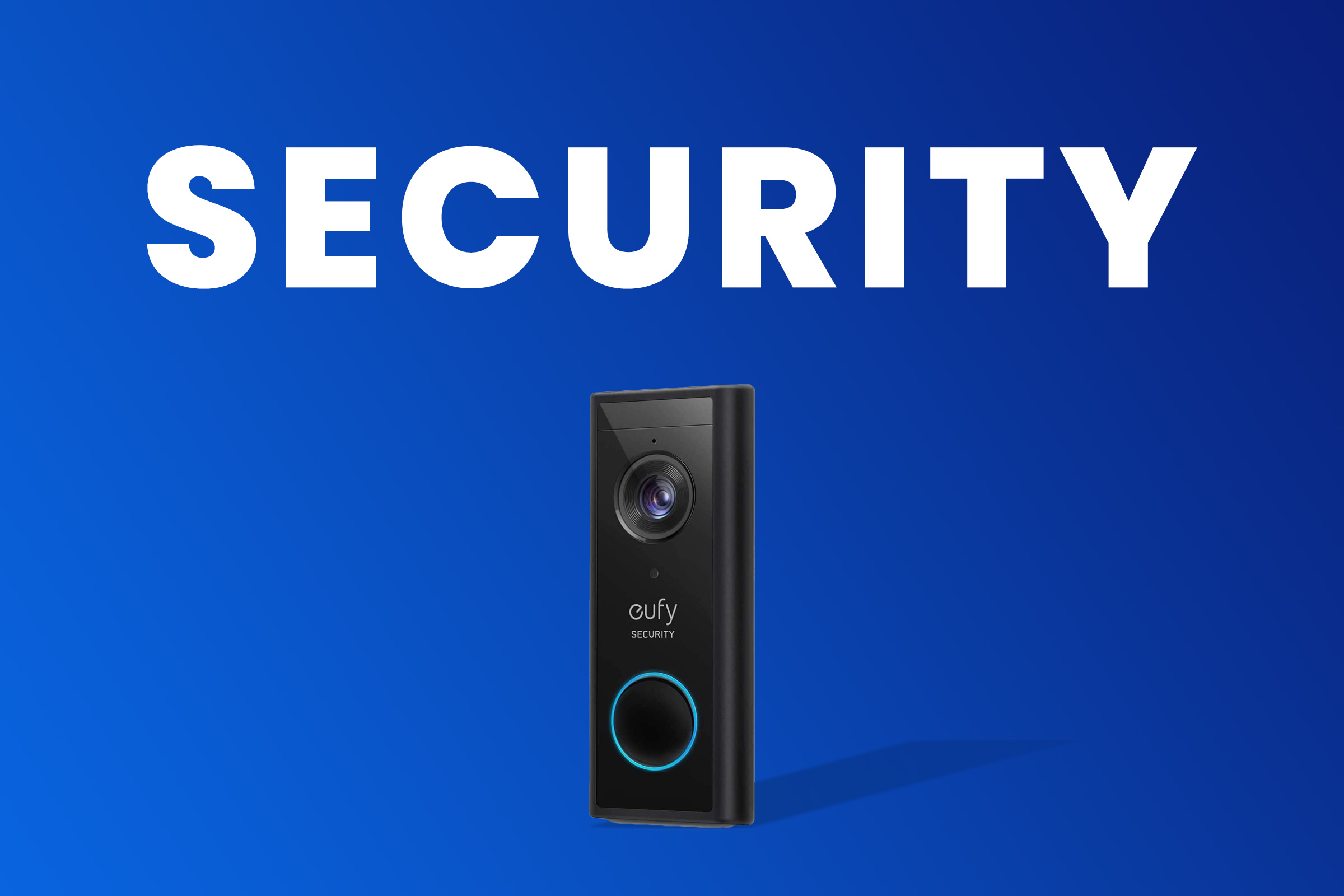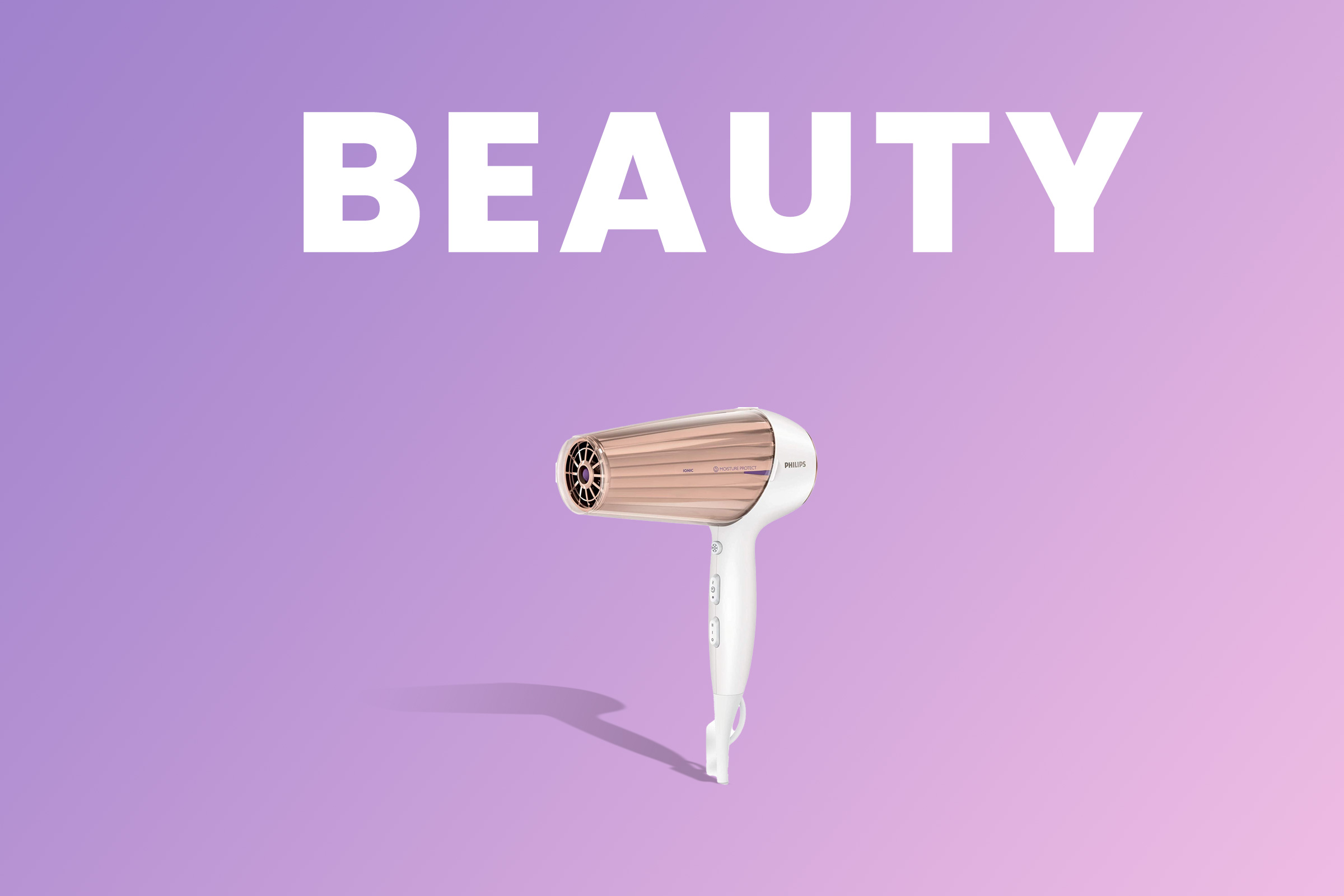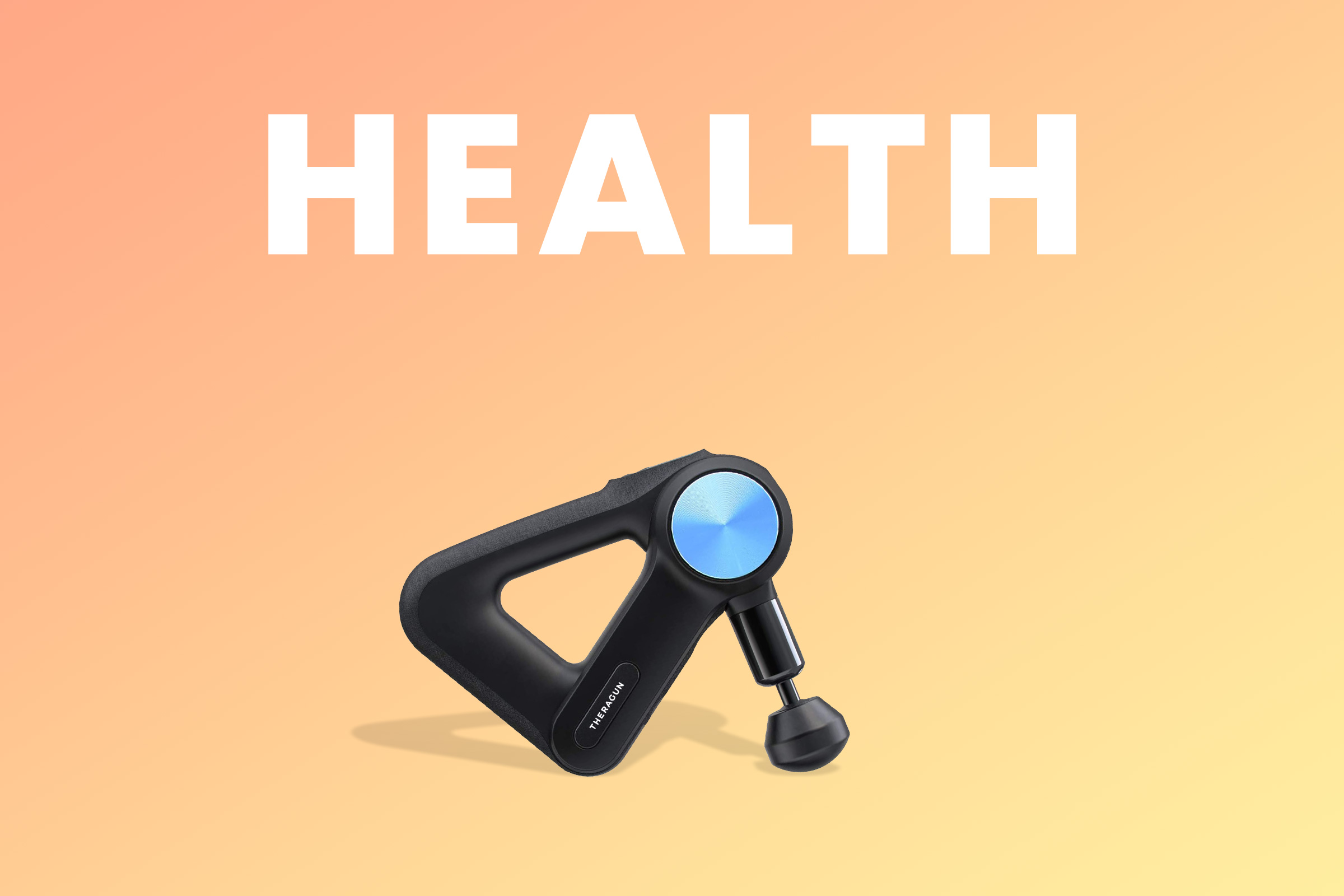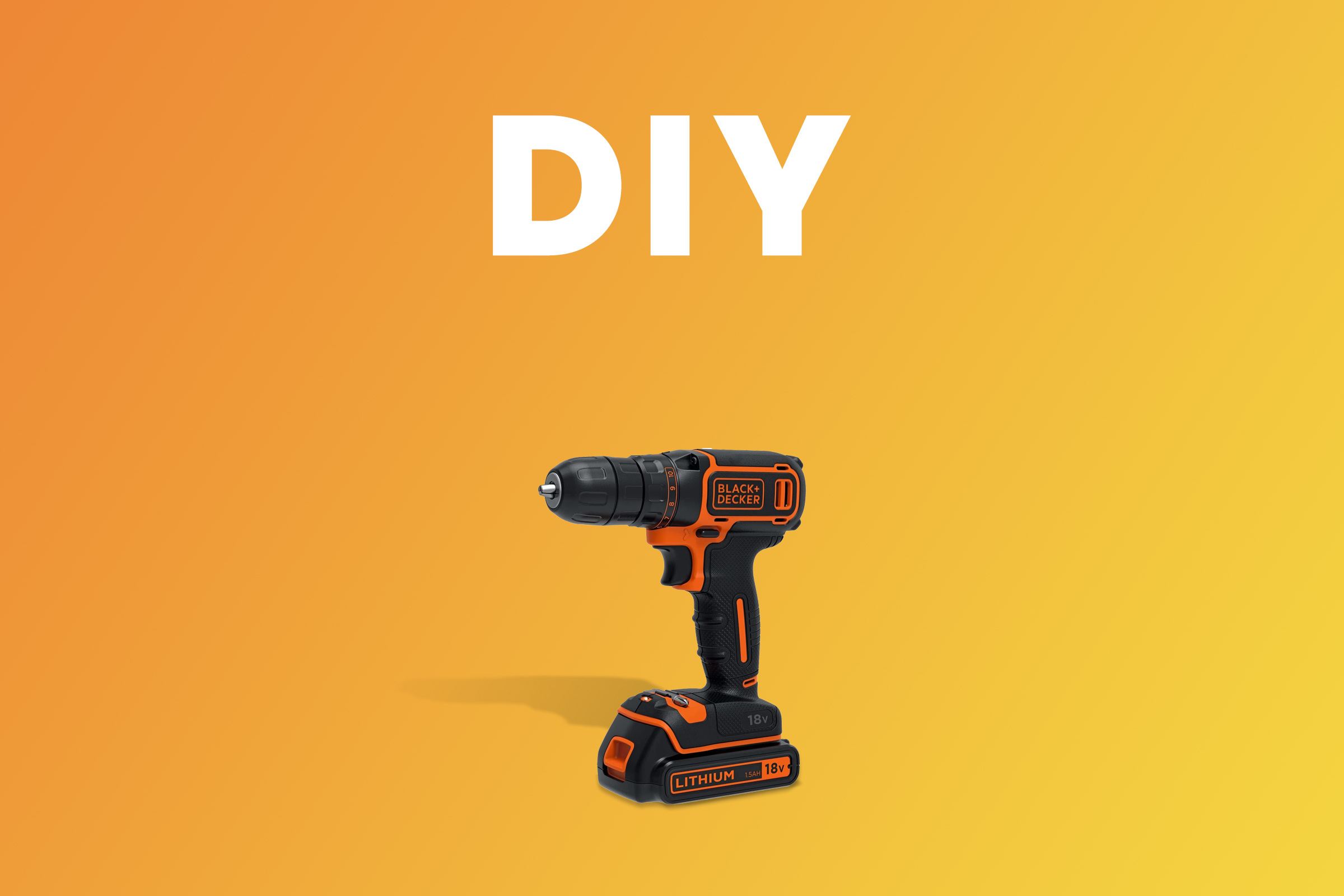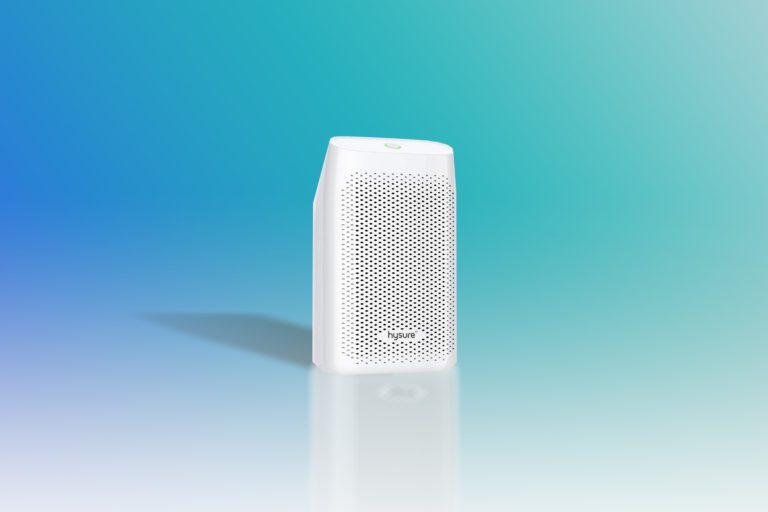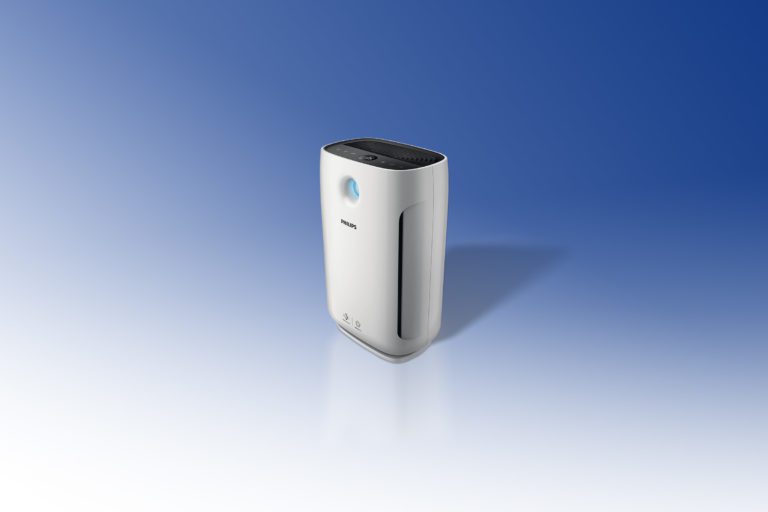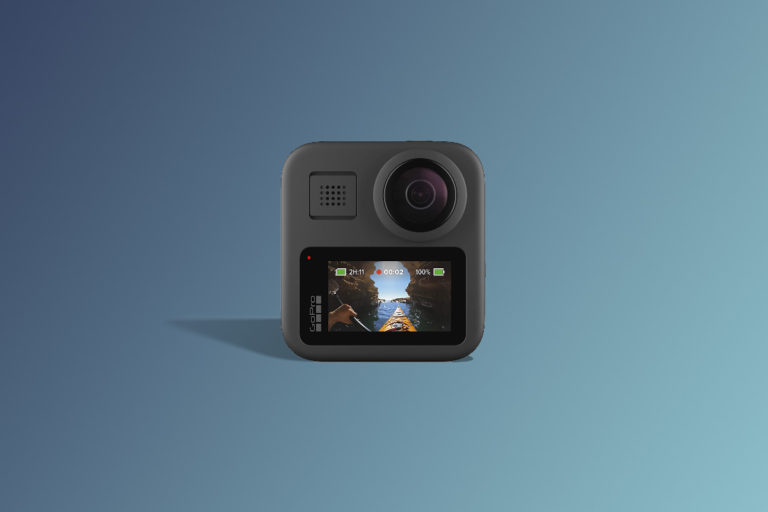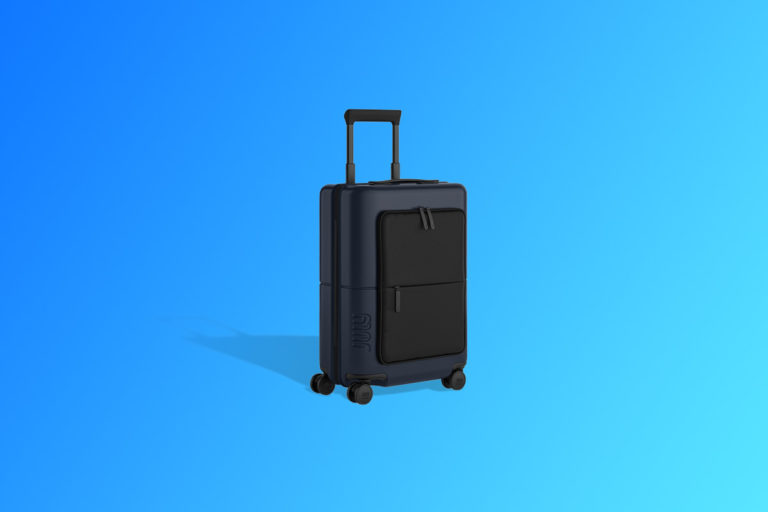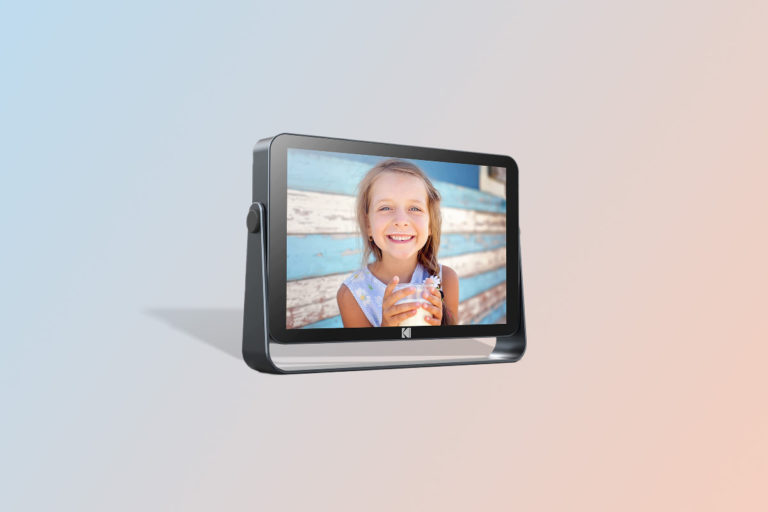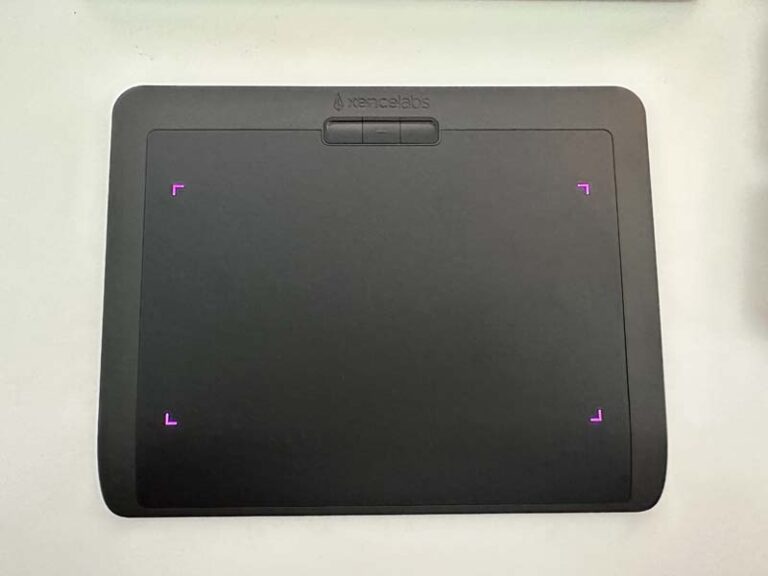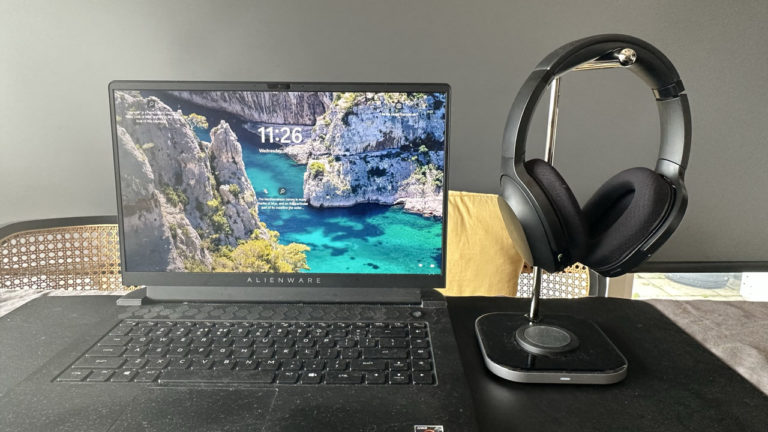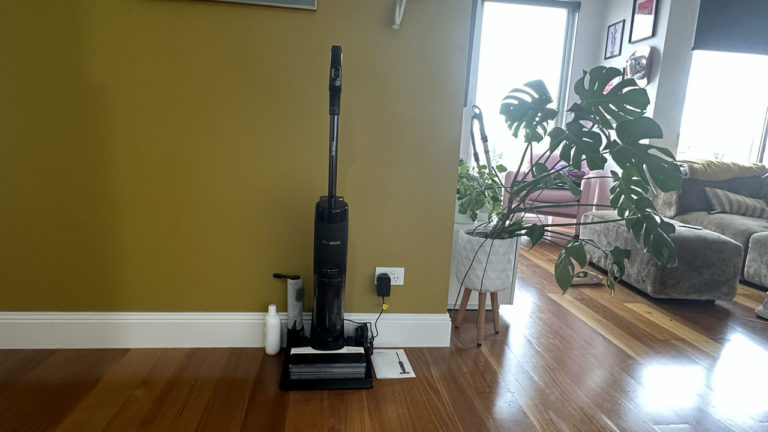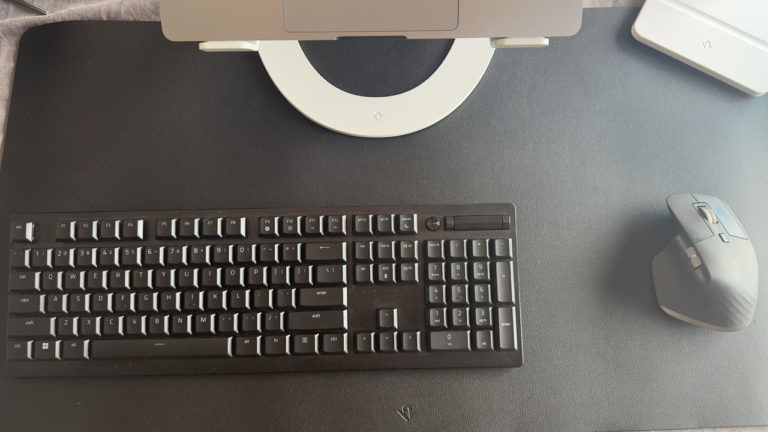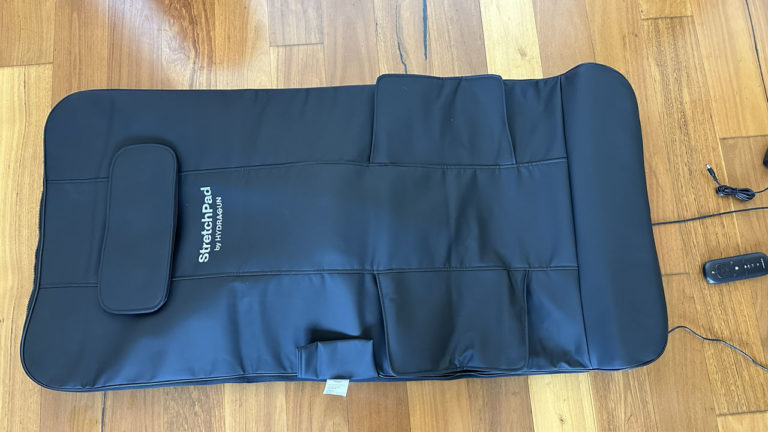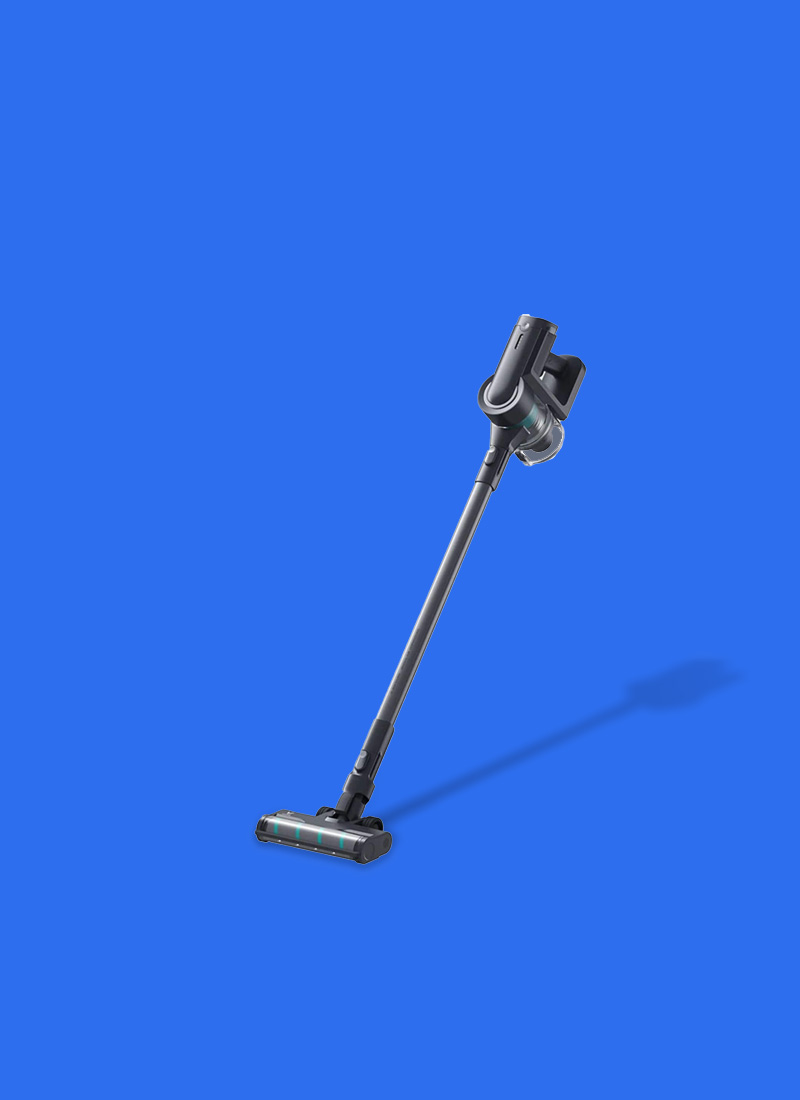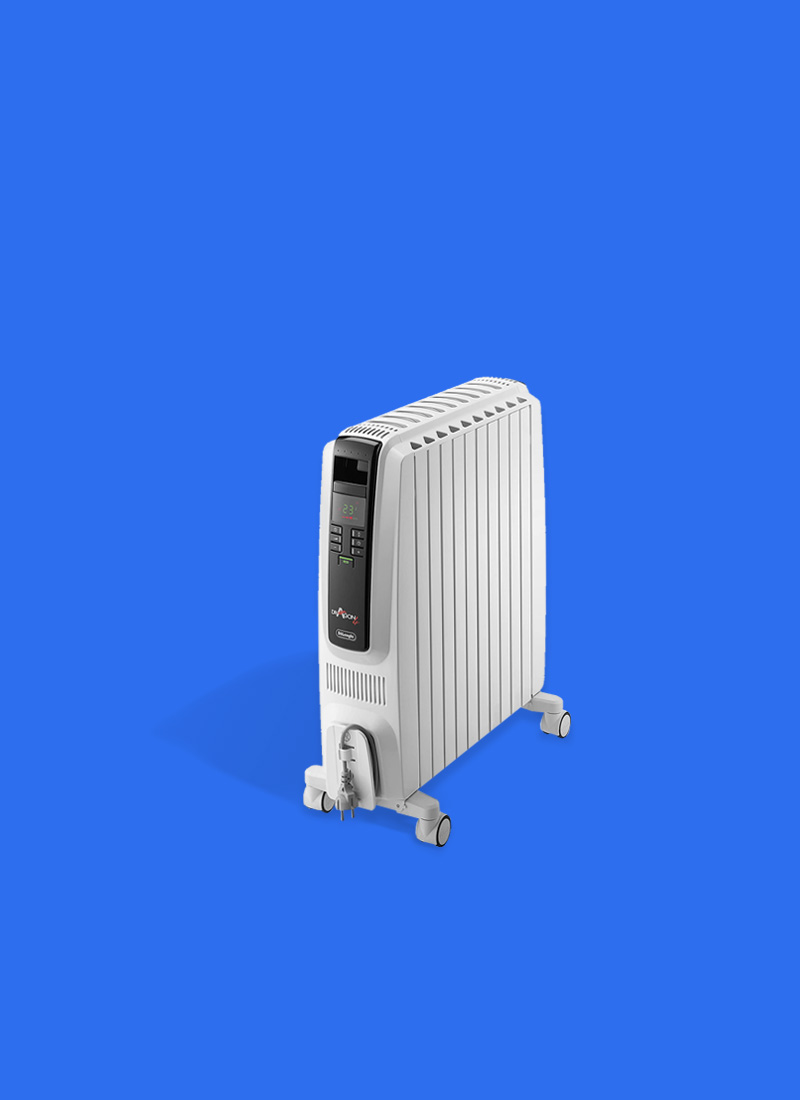Featured in




TRENDING GUIDES
Gain complete control over the humidity in your home to manage moisture with one of these top-notch humidifiers.
It gets colder than you remember during Winter here in Aus. Make sure you have the best electric heaters to keep you toasty.
Quickly improve the air quality in your home by capturing pollutants with one of these well-reviewed air purifiers.
LATEST GUIDES
Record the best videos and take quality photos using one of these top-ranking action cameras in Australia.
Make your flights less stressful by using the best carry-on luggage Australia has to offer.
Easily create slideshows of your best moments using one of these top-quality digital photo frames.
If you’re in the market for a graphic design table and want to test the wasters with something low cost but quality, then maybe give this review a read!

